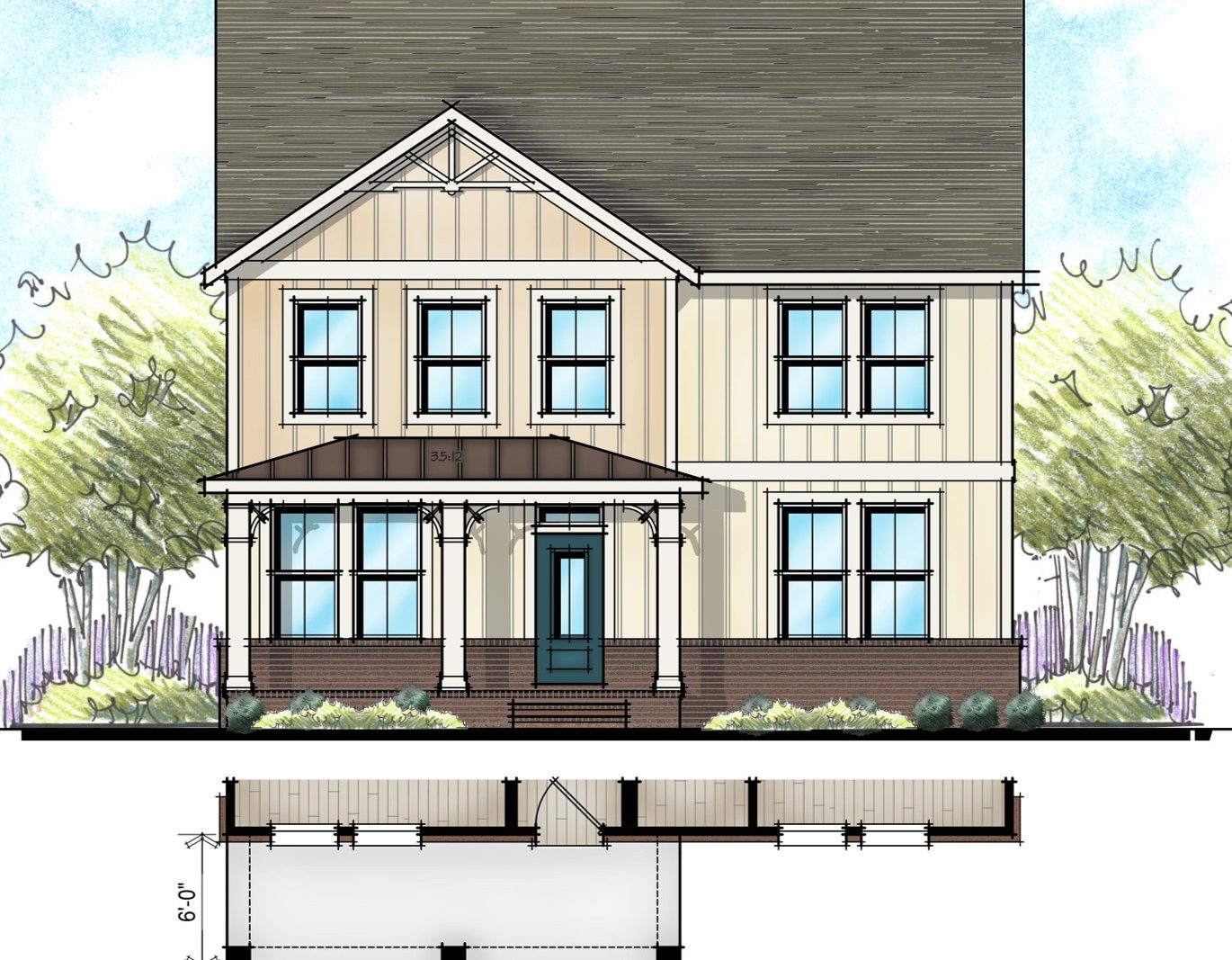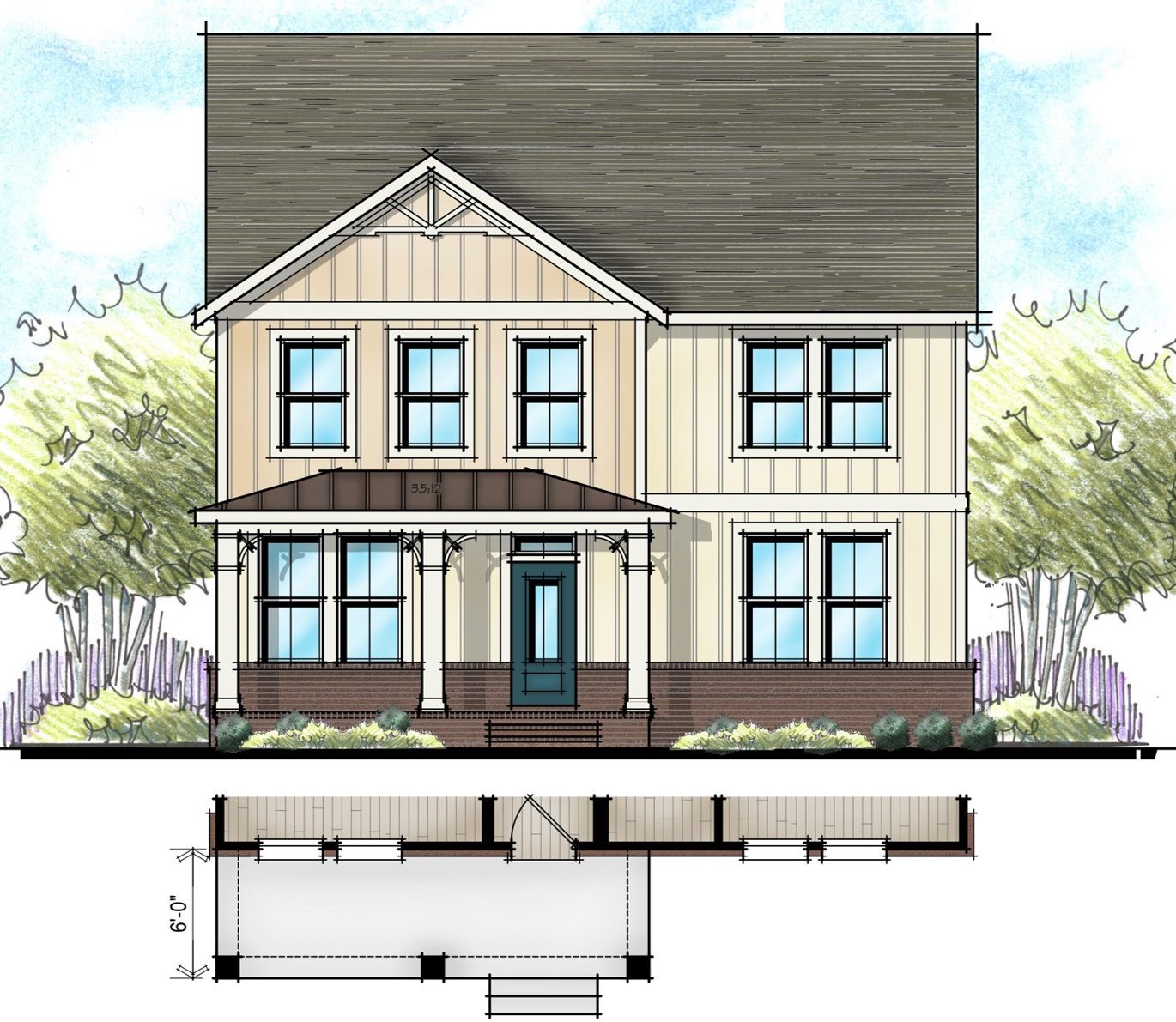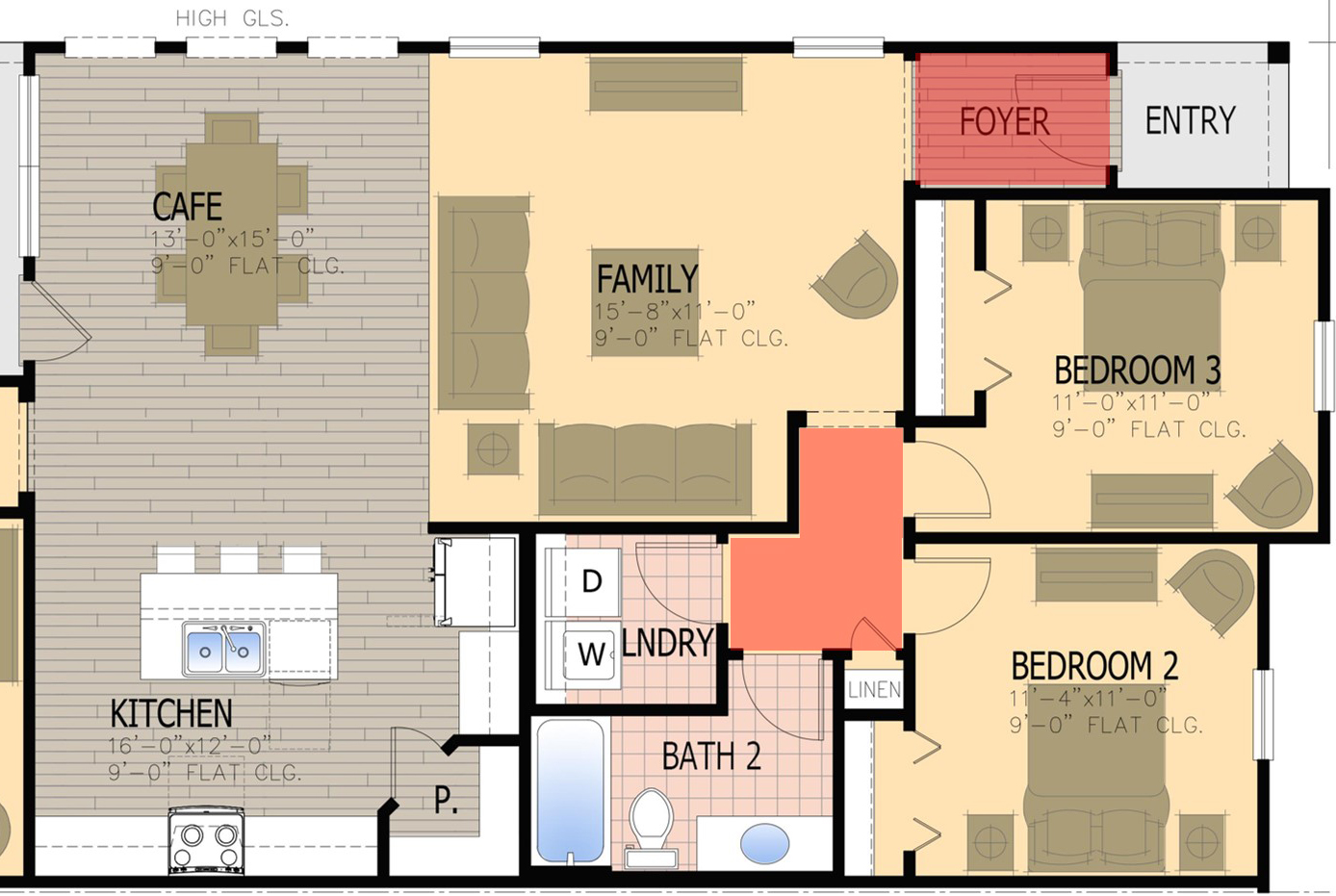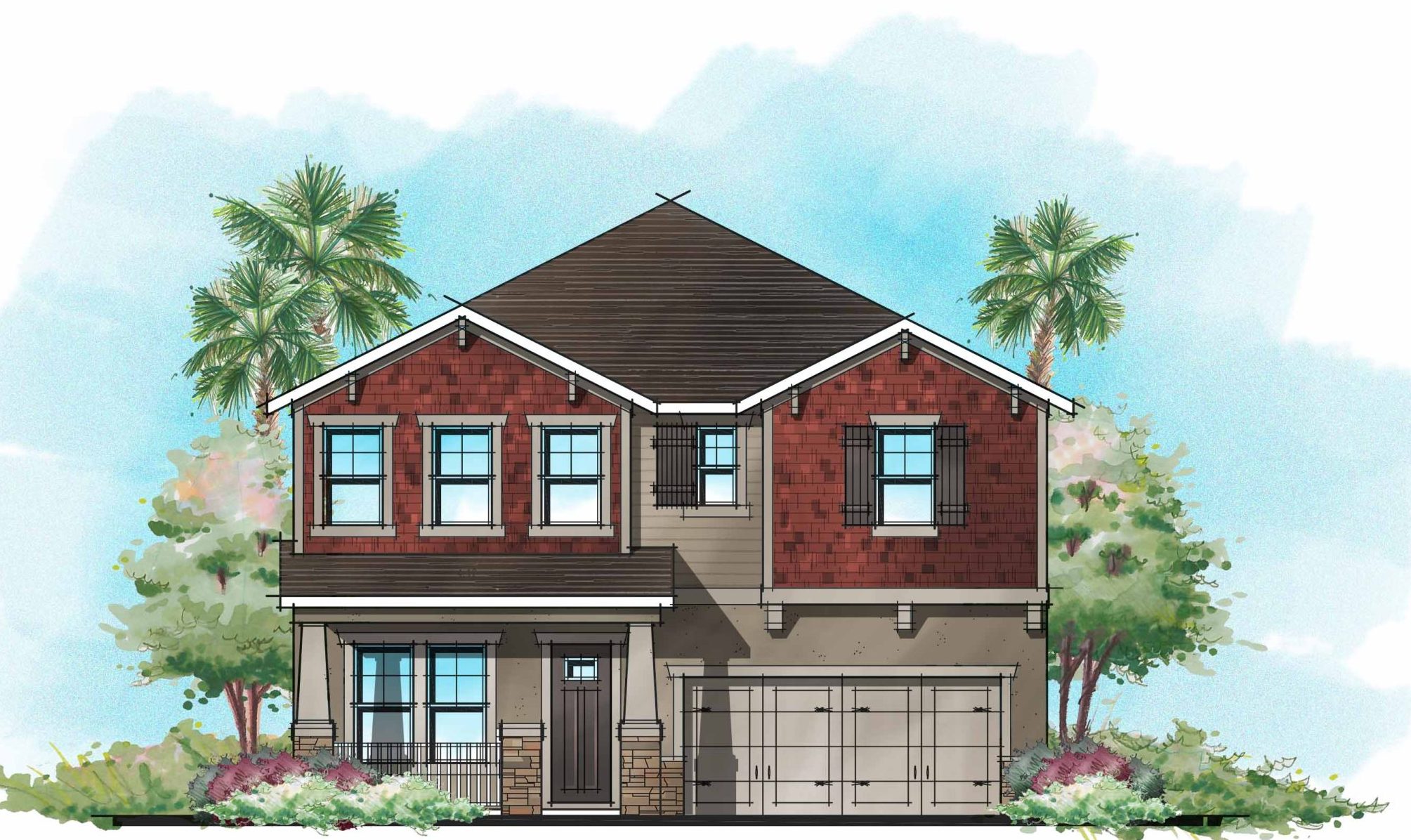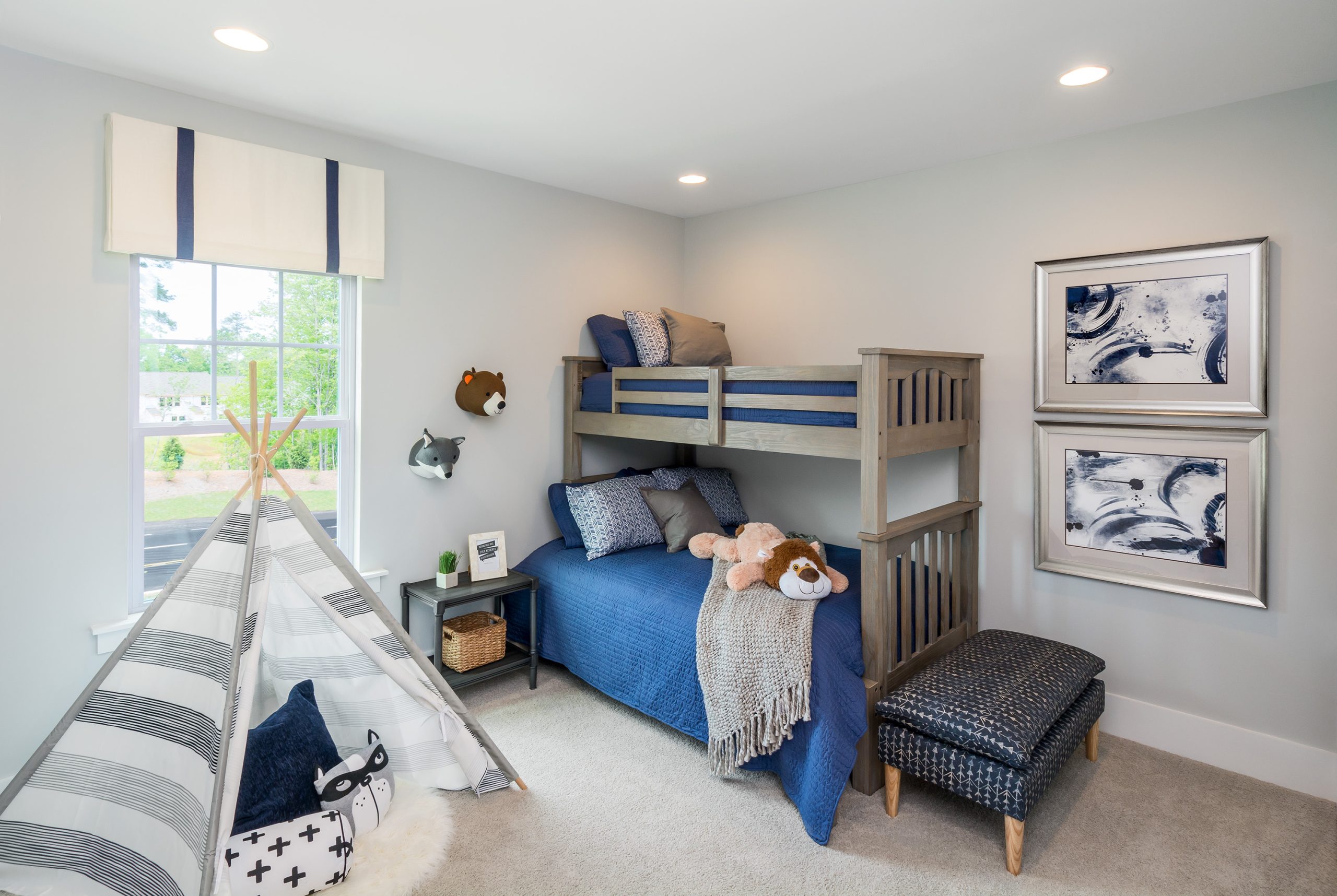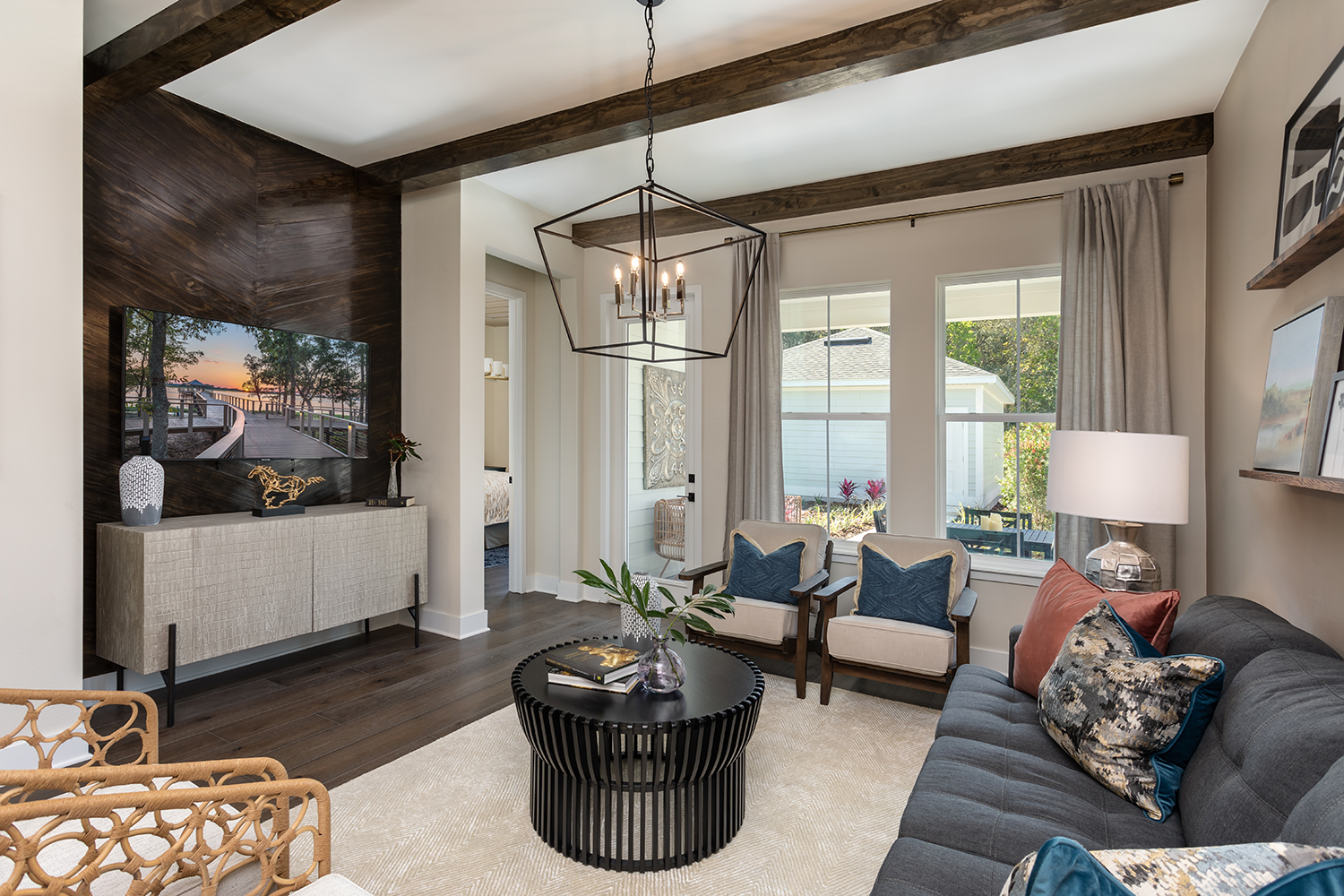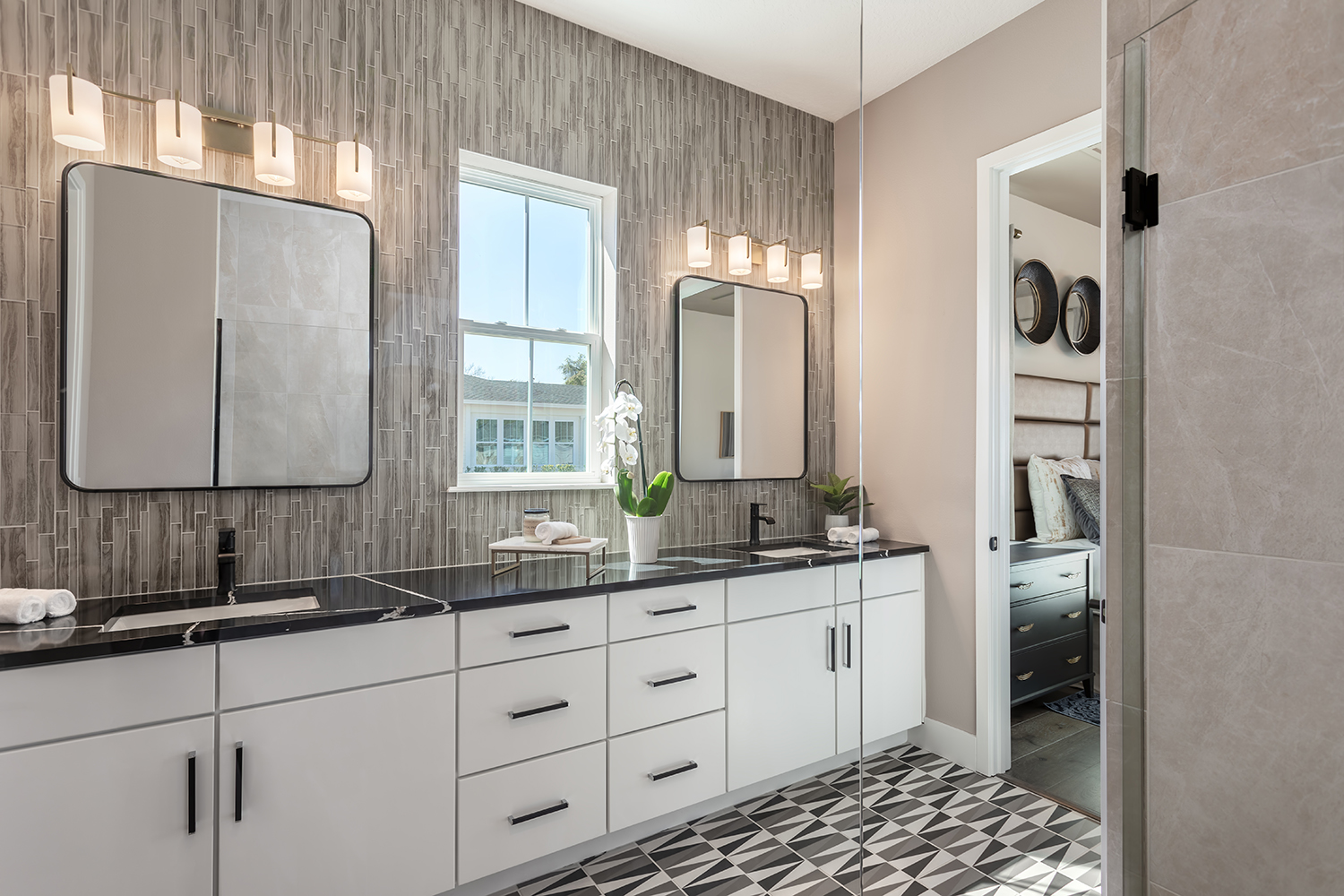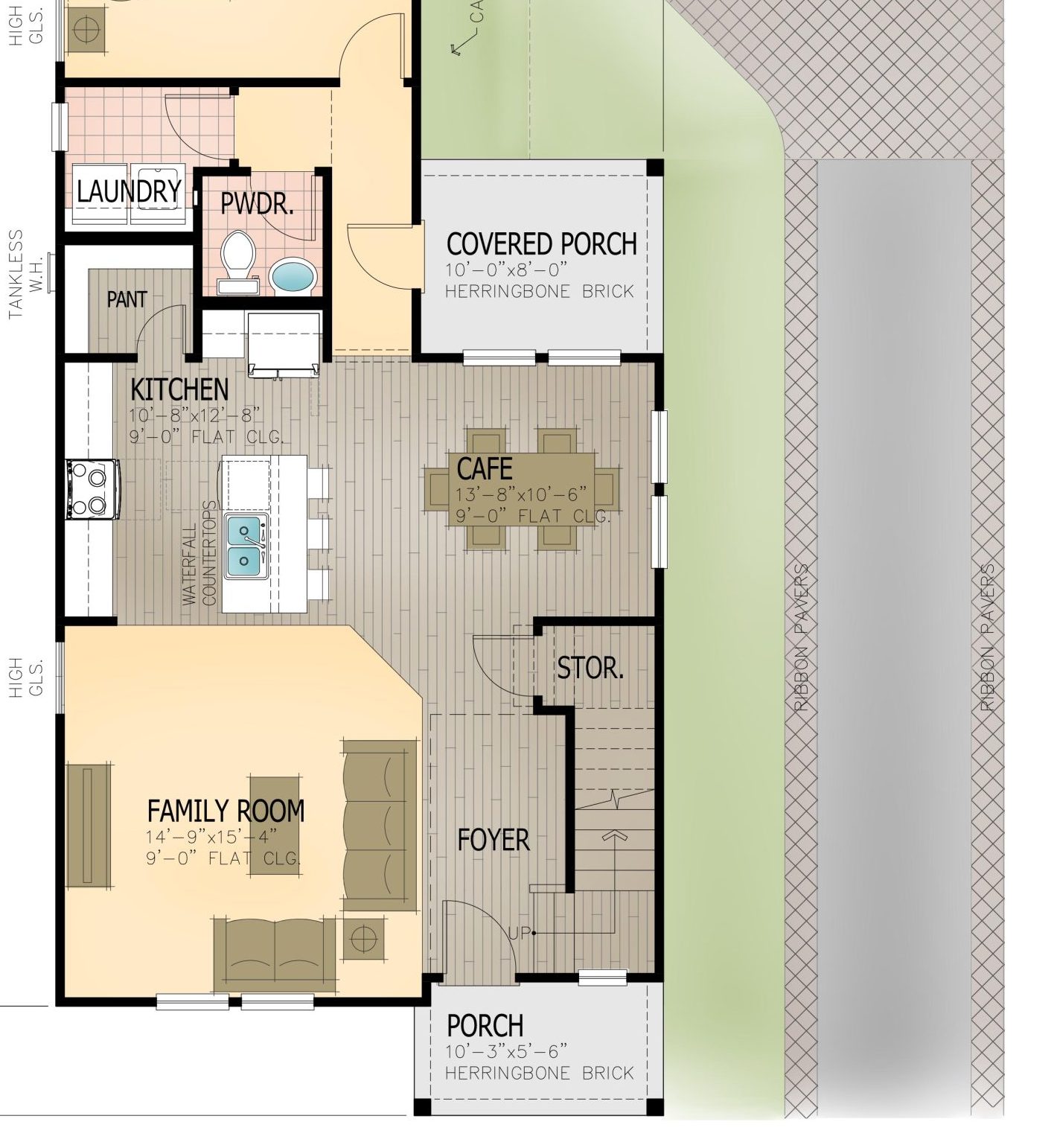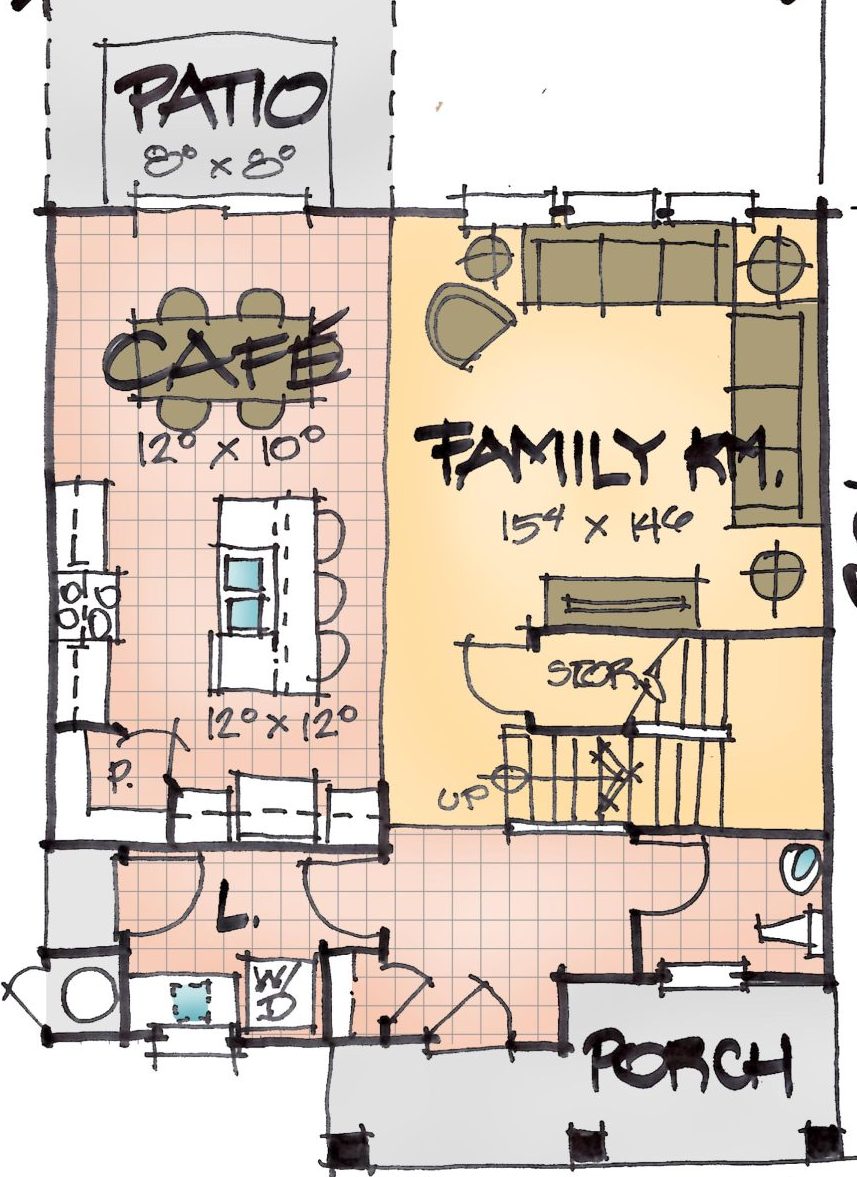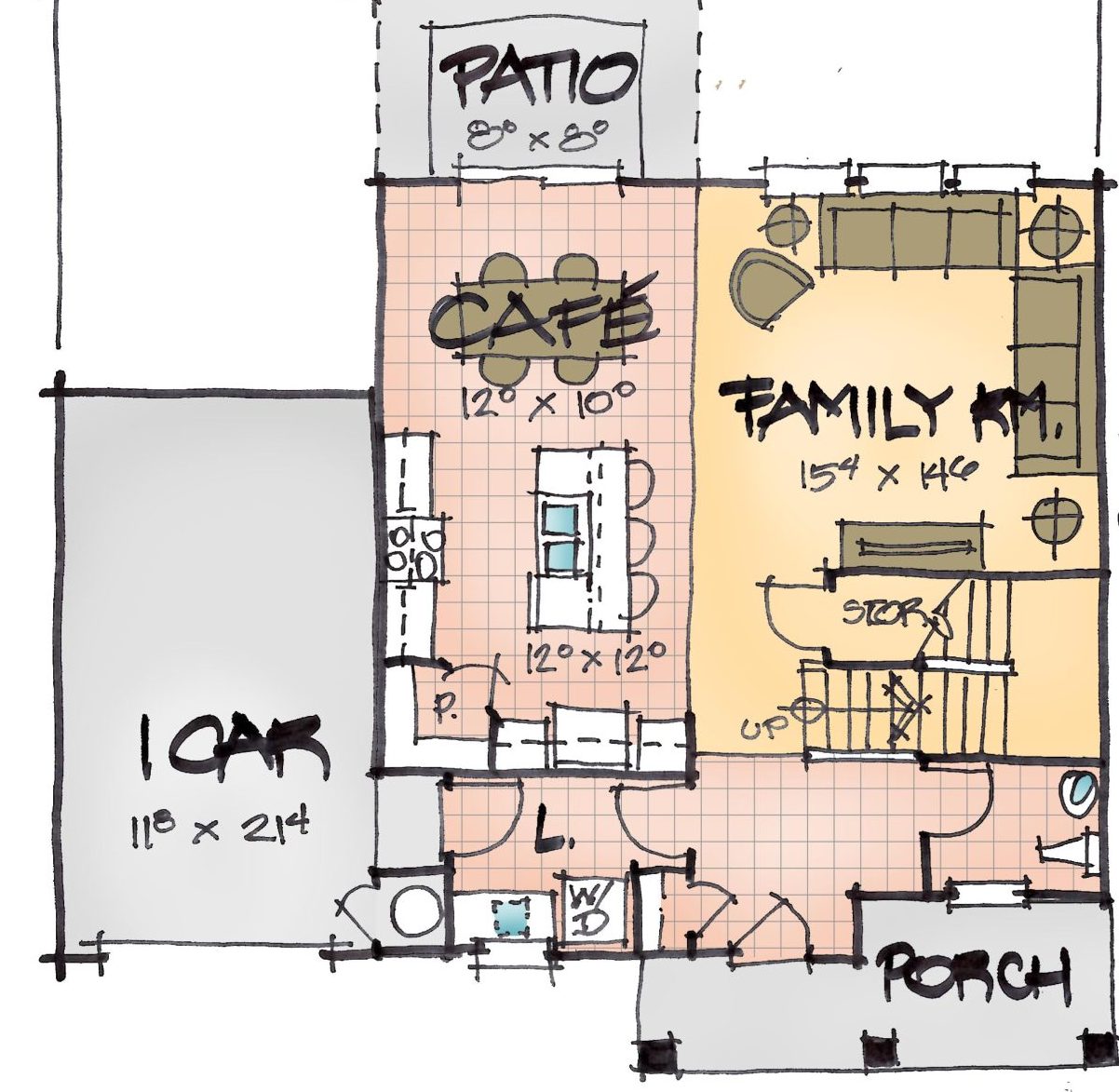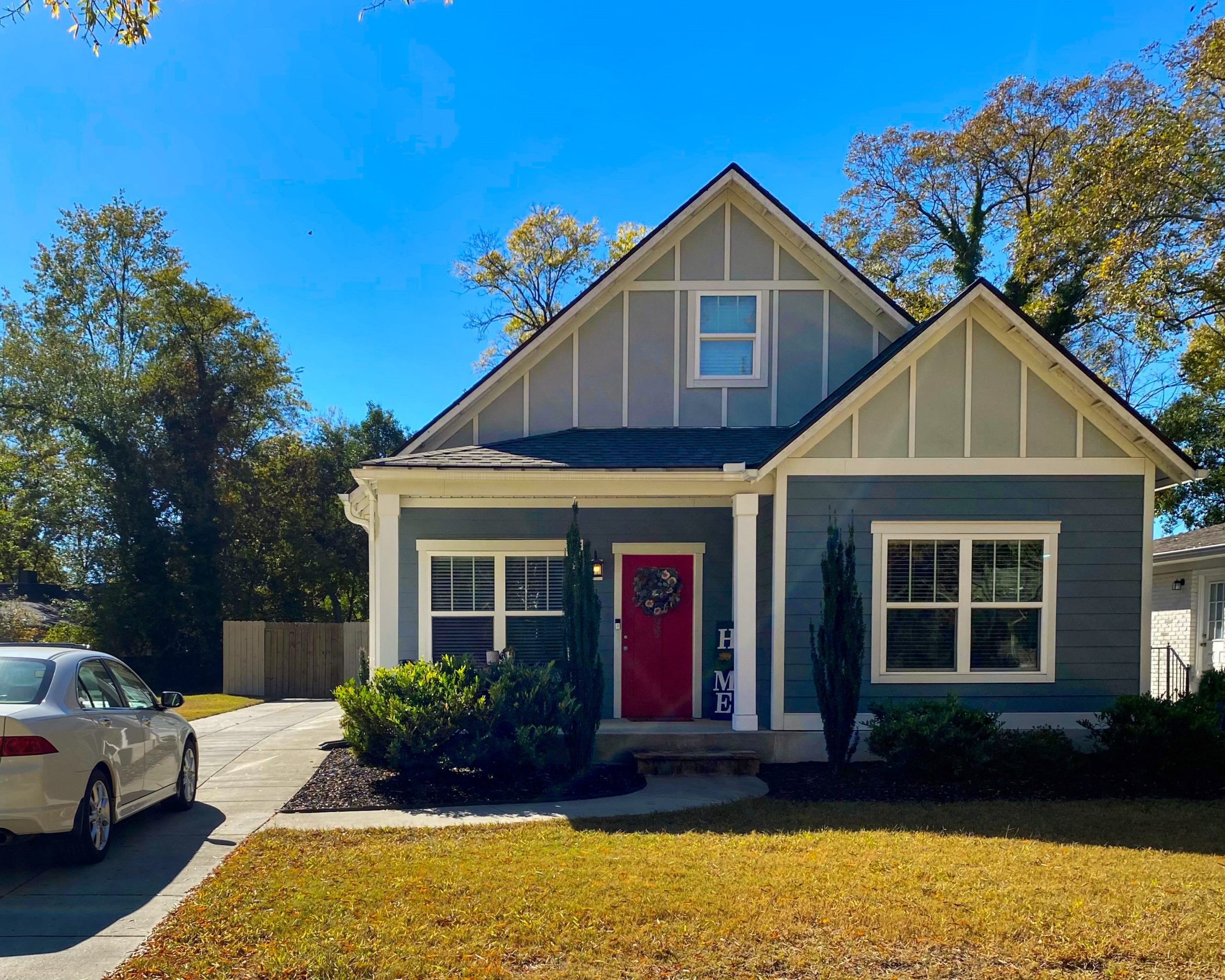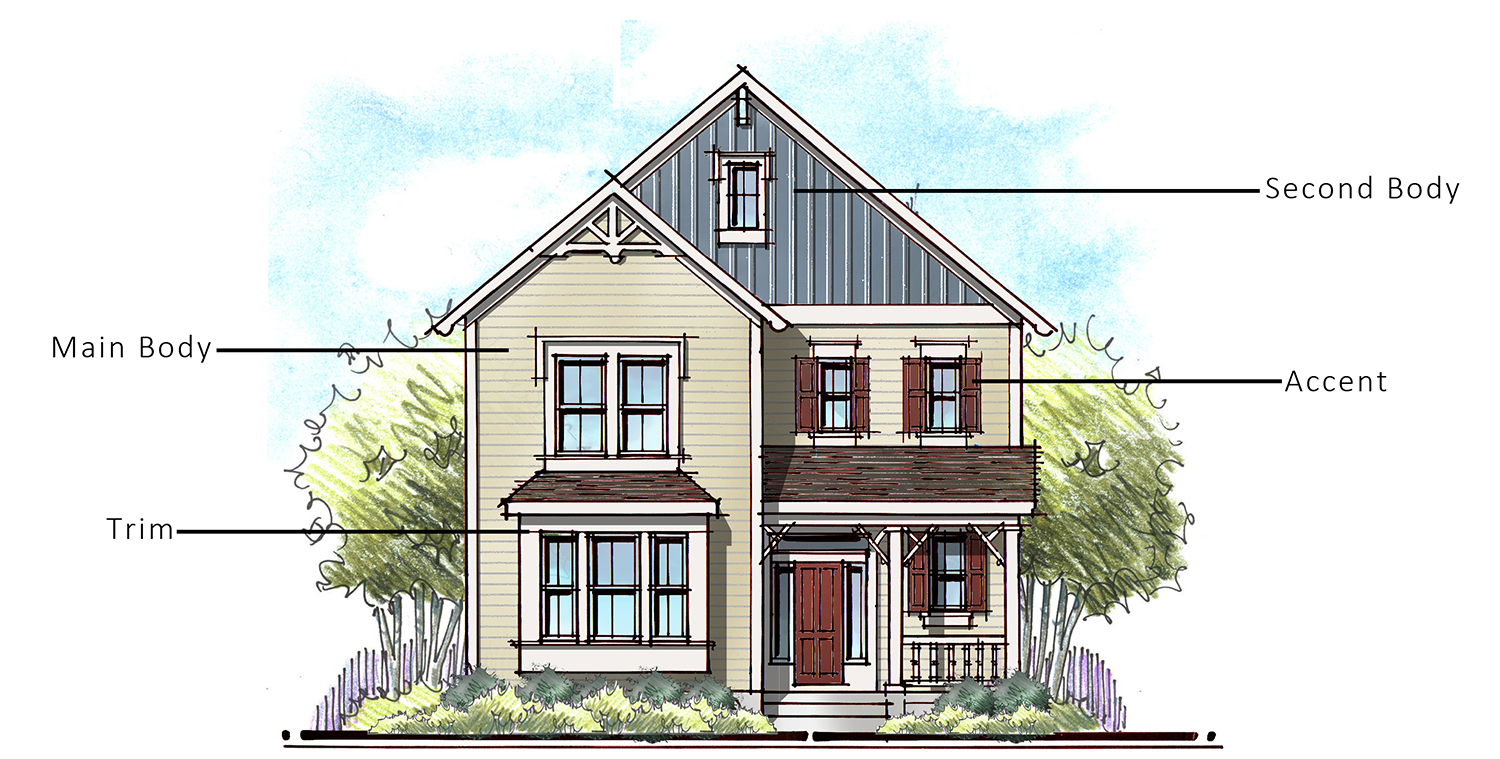This year, I was once again honored to present with Lita Dirks and Ali Wolf on Champagne Taste on a Beer Budget.
But before you think this was a repeat from last year’s session, let’s think about what has changed since Orlando IBS 2022.
• Inflation on the Rise
• Higher Material Costs
• Increased Labor Cost
• Higher Interest Rates
• Higher Gas Prices
• A Cooling Market
It’s true, last February we were struggling with rising construction costs, but there was a palpable sense of FOMO (Fear of Missing Out) with prospective buyers. This crazed attitude fueled red hot sales for the first half of 2022. However, as gas, inflation, and interest rates began to soar, we saw a definite cooling of buyer enthusiasm that can be summarized as Fear Of Buying At The Top of the market. Ali Wolf and Tim Sullivan coined the acronym FOBATT!
Today, builders need to not only combat higher construction cost and interest rates, but also offer something compelling to get buyers off the fence. My suggestion is a three-pronged approach:
• Cost Conscious Design
• Adding Compelling Features
• Marketing Lifestyle and Cost Savings
This week, we will focus on Cost Conscious Design.
Lot Shrinkflation
Cost Conscious Design often starts with the land and lots. You may have noticed an inflation strategy that has migrated from the grocery store to your land purchase. It’s called Lot-Shrinkflation. In order to make the cost of land look less high, developers are reducing their lot sizes. Unlike a smaller box of Cheerios for the same price, lot shrinkflation often means a complete overhaul of floor plans. In Florida, the two most common building envelopes are 30’ wide and 40’ wide. With lot-shrinkflation, that has turned into 28’ and 36’ wide. Ouch! This doesn’t just mean a few rooms are getting smaller, it may mean an entire reorganization of the floor. As you know, some things can’t shrink like 5’ wide bath tubs or 2 car garages.
Eliminate Unwanted Cost
Unwanted costs in a tightening market are the last things buyers want. For me, that starts with eliminating redundant rooms like two dining or living space. Enter casual lifestyle plans with single living and single dining. The next unwanted cost is excessive circulation in a floor plan. How much of that price per square foot is going to hallways?
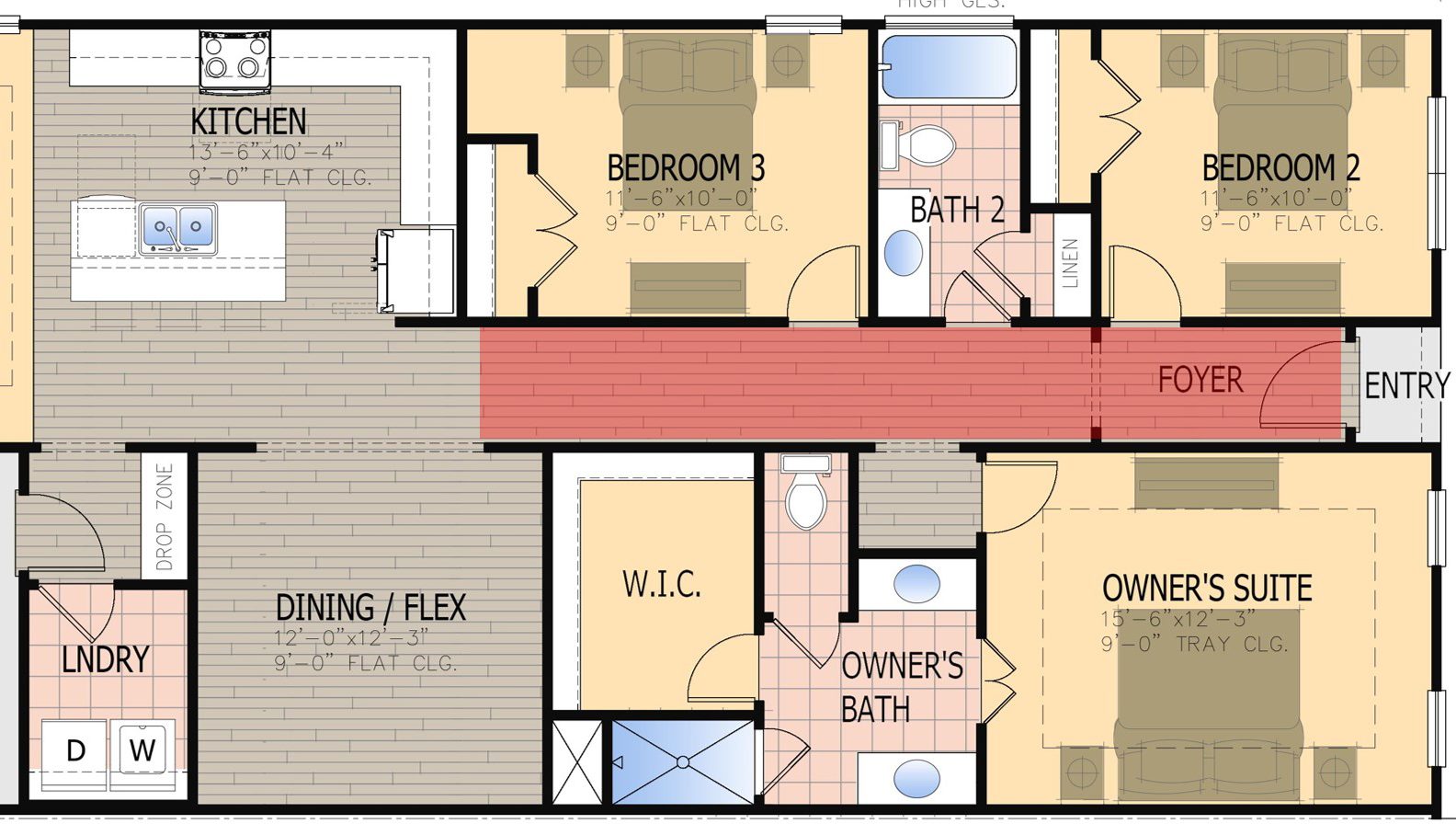
Instead, consider circulation through rooms to open up floor plans. Be sure to consider long, through views to make even a small plan feel grand.
But probably the most significant costs to eliminate are those that the buyer can’t touch or feel. Avoid beams, especially spanning the width of the garage.
Additionally, keep the roofs simple by first keeping the plan form simple. You can further reduce roof costs by using a dual pitch roof. Consider a shallower pitch front to back and a steeper pitch side to side. Generally, hip roofs are cheaper in high wind zones like Florida but elsewhere, gable roofs are cheaper elsewhere because of their simplicity.
Design with Discipline
Often, we are asked to design to a certain square footage. An alternative approach is to design towards the most efficient building envelope and see what we can fit into that box. Let’s start with a two-story, 36’ wide box because it is in 2’ increments for trusses and 4’ increments for sheathing:
- Make the plan 100% stacking to avoid beams.
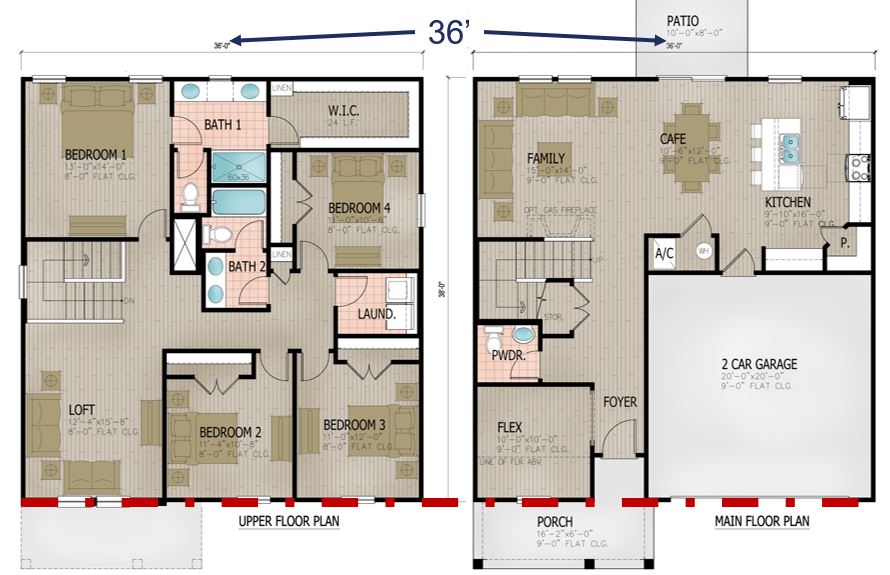
- Inside, centrally locate the HVAC. This will keep your duct runs shorter for maximum efficiency. Units are more efficient when they can be in conditioned space verse the attic.
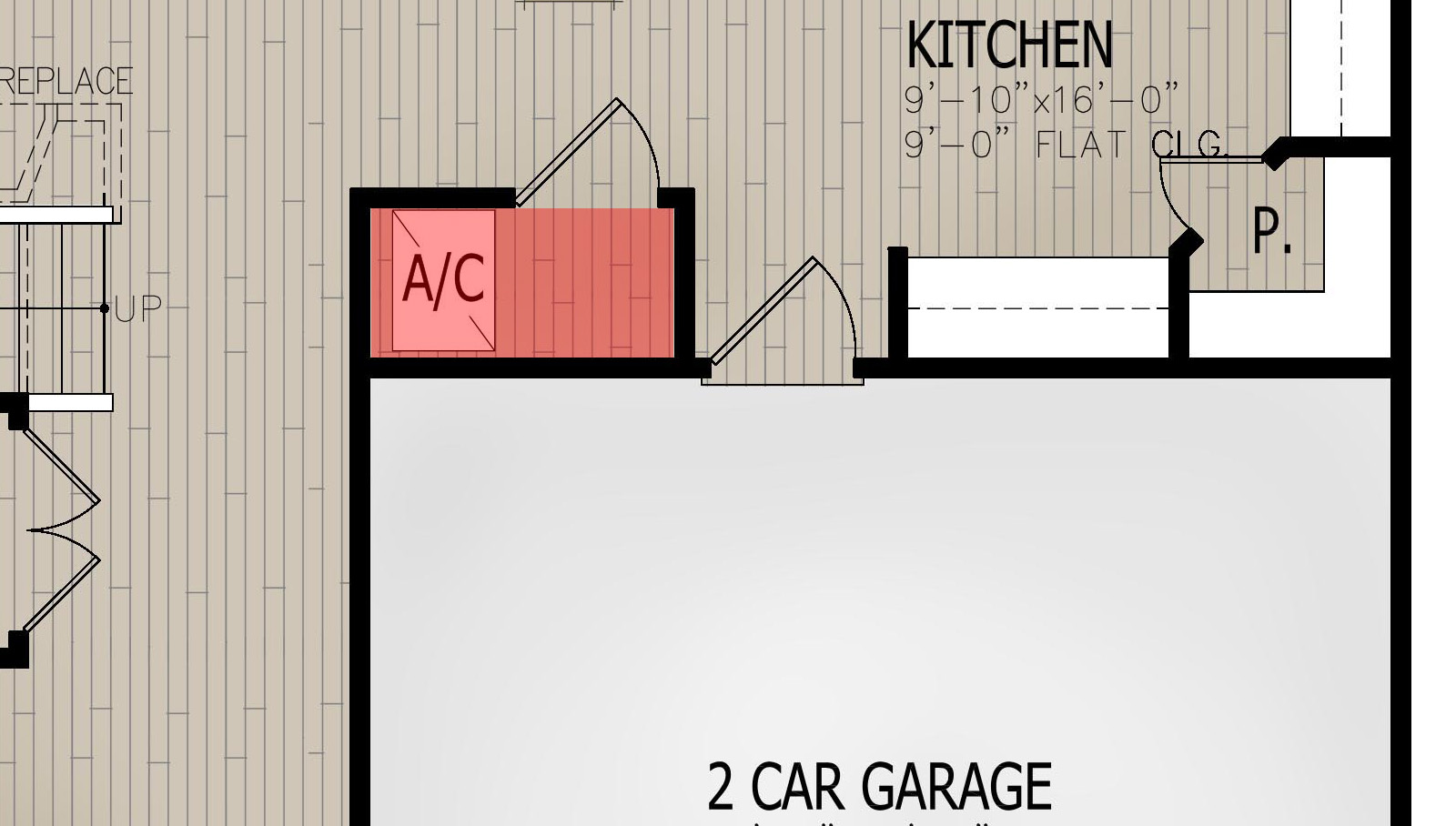
- Slab-on-grade foundations are most cost effective and keep your garage pour simple.
- Lastly, see if you can get your dryer on an outside wall for venting.
Windows are still expensive and difficult to come by. What if you only had two window sizes for the entire house? Start with a 3’ by 5’ in bedrooms for egress. One in each secondary bedroom, two in the owner’s suite, three in the great room.
In bathrooms, you can use a smaller 2’ by 2’ or 2’ by 4’ window for light and privacy. You can avoid tempered glass by keeping windows 2’ from doors and using high glass in the stairwell and bathroom.
Three Critical Decisions
- The first decision many of my builders wrestle with is ceiling height. They know buyers prefer higher ceilings, but will they pay for them? A recent survey suggests that they will! Keep in mind if you’re trying to lure buyers out of older homes or apartments, consider what ceiling heights they are currently living with. Many newer apartments have 9’ ceilings and they want at least what they have been accustomed to. If they’re in an older, used home with 8’ ceiling, the higher ceiling is just another competitive advantage for the new home. With lumber prices coming down, the 9’ ceiling may not be as expensive as you think. Invest in an Estimating service to know your real cost.
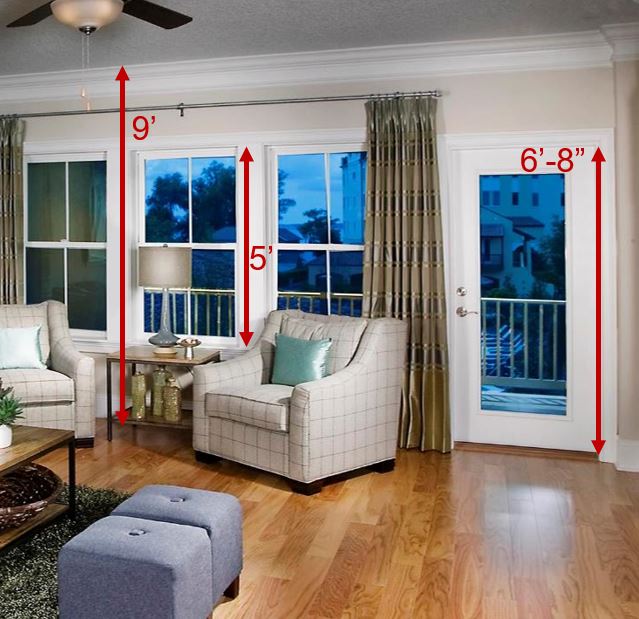
- The next big decision is the Kitchen. What buyers want vs what they can afford. For starters, they all want an island in the kitchen. Keep it simple; one level and rectangular in shape. No bat wing islands, please! Then minimize your cabinets skews and avoid corner cabinets and countertops. Consider a large walk-in pantry with wire shelves vs more cabinets.
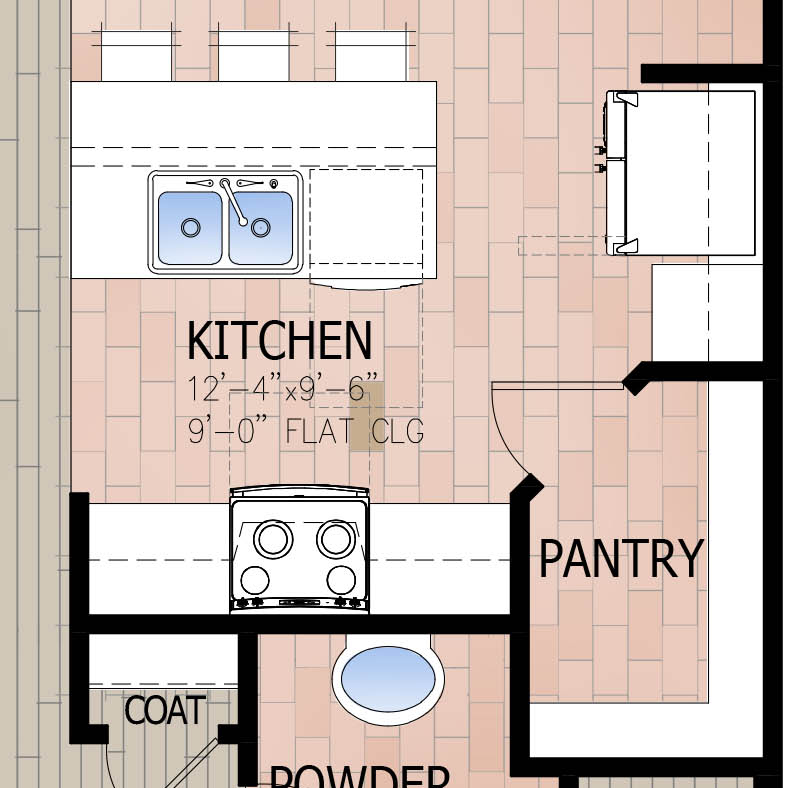
- Lastly, what can you afford to offer in the owner’s bath? Bathtub plus shower or shower only? If you’re tight on square footage, skip the tub and focus on making the shower awesome. It can be done – even if you’re using a shower pan. Splurge on a frameless shower enclosure because it will make the bathroom feel larger. Add a shampoo niche and a seat in the shower and you’ll hear the word “Spa” used often!
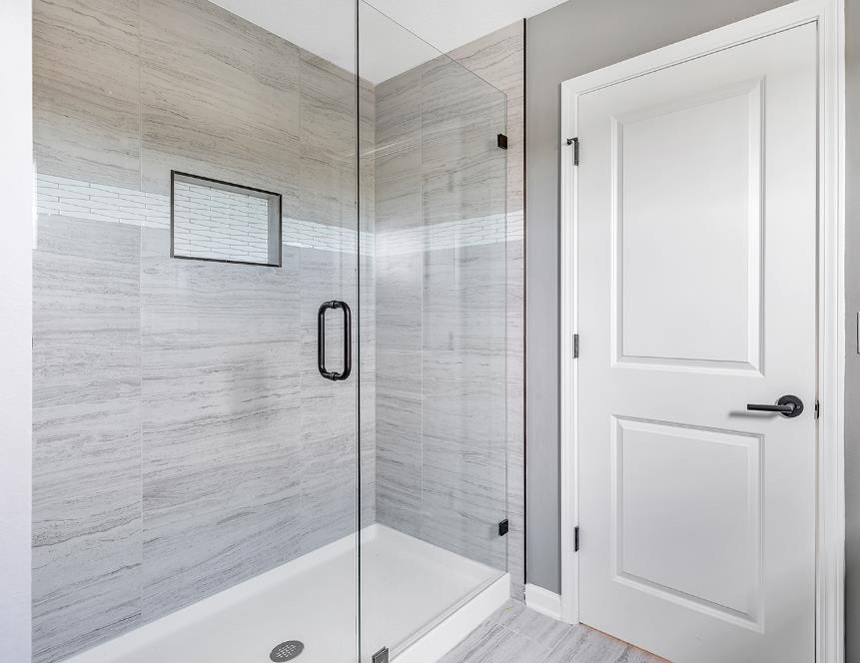
What about the garage?
As the houses we design keep getting squeezed down in square footage, we still end up with the 400 sq ft elephant in the plan: the two car garage. What if the garage become an option that could easily be added later? Alley loaded houses can have a parking pad now and a garage later.
This also applies to houses with the garage on the back of the lot. We recently designed a 28’ wide house with no garage and a one or two car garage option.
The key is adding the garage without adding a long beam. The garage option gives the builder flexibility on lot size. A 28’ wide house plus 12’ garage works great on a 50’ wide lot. The two car garage version works on a 58’ or 60’ lot.
Cute but Cost-Effective Streetscape
When designing your streetscape, develop at least two cost-effective styles to avoid a down market streetscape and use color to animate the elevation. Consider two siding profiles that can be highlighted in color.
Even an all-stucco house can look awesome with two body colors – just make sure you invest in our color placement diagrams.
Trust me, you want to get this right!
Next week let’s talk about adding compelling features to lure buyers off the fence. The new necessities and little things that matter. In the meantime, I’d love to hear your thoughts on the market and where you see opportunity to keep costs under control.
Categorized in: Affordability, Champagne Taste on a Beer Budget
This post was written by Housing Design Matters


